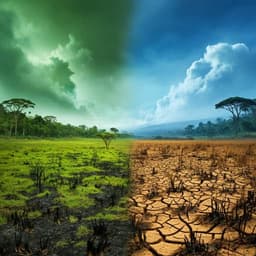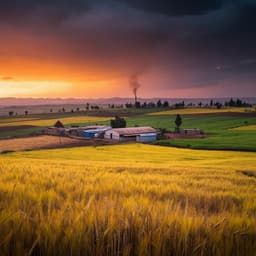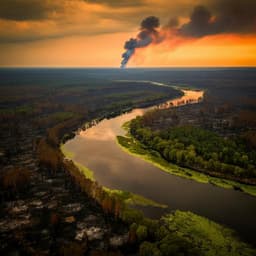
Environmental Studies and Forestry
Legacies of Indigenous land use shaped past wildfire regimes in the Basin-Plateau Region, USA
V. A. Carter, A. Brunelle, et al.
This groundbreaking study reveals how Indigenous farming practices have influenced wildfire activity for centuries in the western United States. By examining sedimentary archives and other data from the Fish Lake Plateau, the research uncovers a vital connection between human land-use and fire regimes, showing that farming obscured climate impacts until its abandonment around 1400 CE. Conducted by a team of experts including Vachel A. Carter and Andrea Brunelle, this research challenges our understanding of historical fire dynamics.
~3 min • Beginner • English
Related Publications
Explore these studies to deepen your understanding of the subject.







